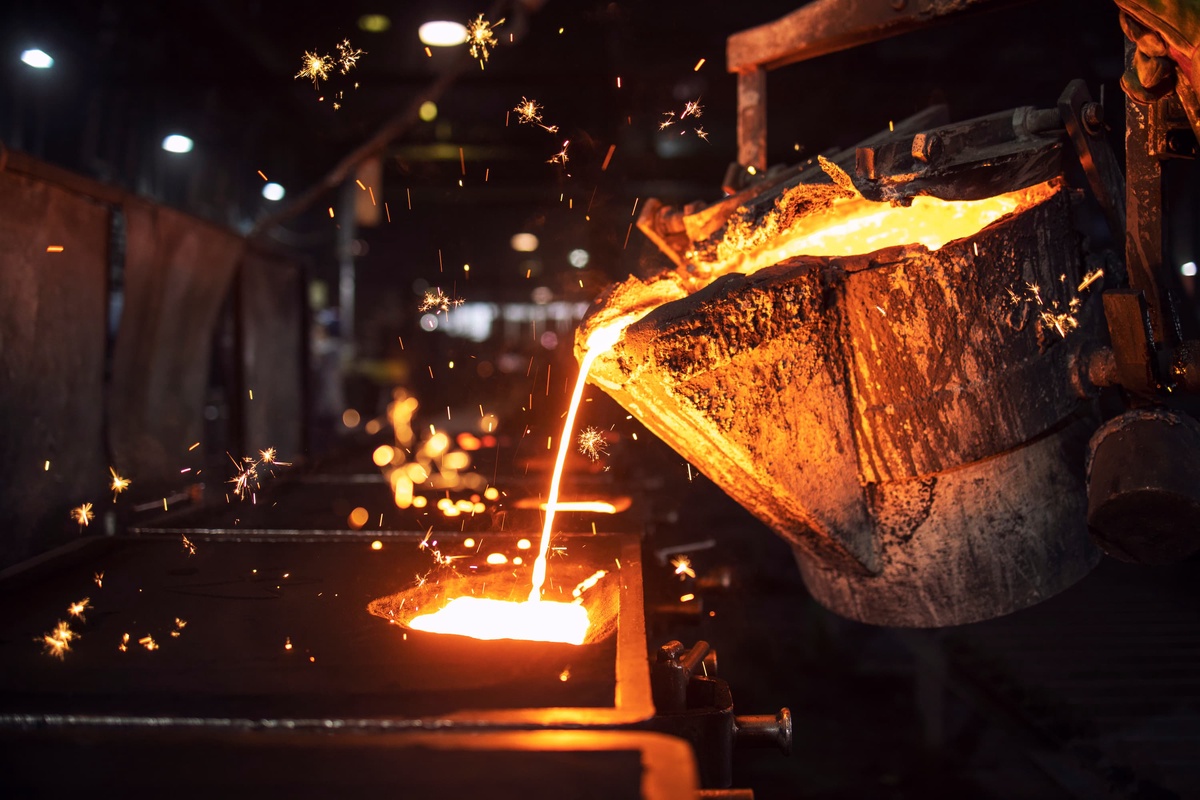In the versatile world of manufacturing, the casting factory plays a pivotal role, employing a variety of methods to mold materials into precise shapes and sizes. Casting is a fundamental manufacturing process where molten material, often metal, is poured into a mold and allowed to solidify. This technique is crucial across numerous industries, including automotive, aerospace, and construction. This article delves into the five main types of casting used in casting factories, exploring their unique processes and applications.
Sand Casting: Diving into the Oldest Casting Method
Sand casting stands as the most traditional form of casting, known for its simplicity and versatility. Here's why it's still widely used today:
- Flexibility in Size and Weight: Sand casting is capable of creating parts that vary greatly in size and weight, from small components to large machinery bases.
- Cost-Effectiveness: The tools and molds used in sand casting are relatively inexpensive, making it a cost-effective choice for low to medium production runs.
- Materials: This method can handle a wide range of metals, including iron, steel, and non-ferrous alloys.
The process involves creating a mold from a sand mixture, pressing a pattern into the sand to create a mold cavity, and then pouring the molten metal into the cavity. After the metal cools and solidifies, the sand mold is broken away, revealing the newly formed part. Despite its advantages, sand casting can have limitations in terms of the precision and finish of the produced parts, often requiring further machining and finishing.
Die Casting: Understanding High-Pressure Precision Casting
Die casting is distinguished by its use of high pressure to force molten metal into steel molds known as dies. This method is ideal for high-volume production of small to medium-sized parts and is renowned for:
- High Precision: Die casting produces parts that are dimensionally accurate and have smooth cast surfaces.
- Speed: It offers a quick turnaround for high-volume needs, thanks to the rapid cooling of the metal within the dies.
- Strength and Weight: Parts made by die casting are stronger than those made by other casting methods, with thin walls and reduced weight which is particularly beneficial in the automotive and aerospace industries.
The main drawback of die casting is the higher cost of the dies and machinery, making it less economical for small production runs. The process also primarily handles non-ferrous metals like zinc, aluminum, and magnesium.
Investment Casting: Unpacking the Precision and Detail
Investment casting, also known as lost-wax casting, is celebrated for its ability to produce components with exceptional precision and intricate details. This method involves:
- Complex Geometries: Allows for the creation of components with intricate designs and fine details without secondary machining.
- Excellent Surface Finish: Produces a very smooth finish, reducing the need for additional surface finishing.
- Versatility in Materials: Suitable for casting a wide array of metals, including steel, stainless steel, and specialty alloys.
The process begins with creating a wax model of the desired part, which is then encased in a ceramic shell that takes the exact shape of the model. The wax is melted out, and molten metal is poured into the ceramic mold. Once solid, the ceramic is shattered to reveal the final metal part. The primary limitation of investment casting is the cost and time involved in making the wax models and ceramic shells, making it less suitable for large-volume production.
Permanent Mold Casting & Centrifugal Casting: Comparing Techniques
Permanent mold casting and centrifugal casting are two additional methods utilized in casting factories, each with its own set of advantages and specific applications.
Permanent Mold Casting:
- Reusable Molds: Uses metal molds that can be reused for several thousand cycles, which lowers the cost per unit.
- Improved Mechanical Properties: Offers better mechanical properties compared to sand casting, with finer microstructure and higher density.
- Speed: Faster than sand casting since the metal molds heat and cool more quickly.
However, the initial cost of the metal molds can be high, and the method is generally limited to metals with lower melting temperatures, such as aluminum and copper alloys.
Centrifugal Casting:
- Purity and Density: This method involves pouring molten metal into a rapidly spinning mold, causing impurities to migrate towards the inner surface, which can then be machined away.
- Variety of Shapes: Produces cylindrical parts such as pipes and bushings, with excellent mechanical properties.
- Efficiency: Offers a cost-effective production method for cylindrical parts without the need for cores.
Centrifugal casting is limited to parts that are symmetrical around an axis but excels in producing high-quality, dense, and clean components.
Conclusion: The Strategic Selection of Casting Techniques for Optimal Manufacturing Outcomes
Each casting method employed in a casting factory has distinct advantages and is chosen based on the requirements of the final product, including complexity, durability, and production volume. From the simplicity and adaptability of sand casting to the precision of die casting and investment casting, these methods have evolved to meet diverse industrial needs. Understanding these processes provides valuable insight into the world of manufacturing, illustrating how each technique can be best utilized to achieve optimal results. Whether for small bespoke pieces or large-scale production, the right casting method can significantly impact the quality and performance of the final products.


No comments yet